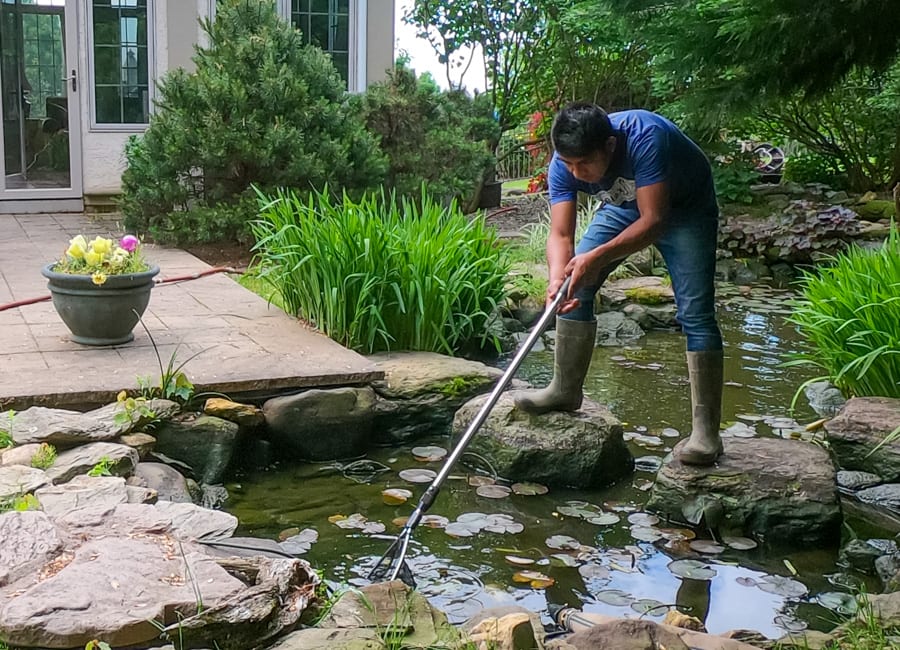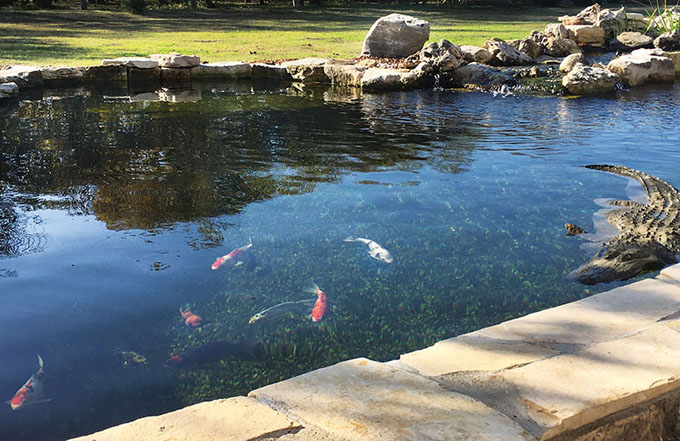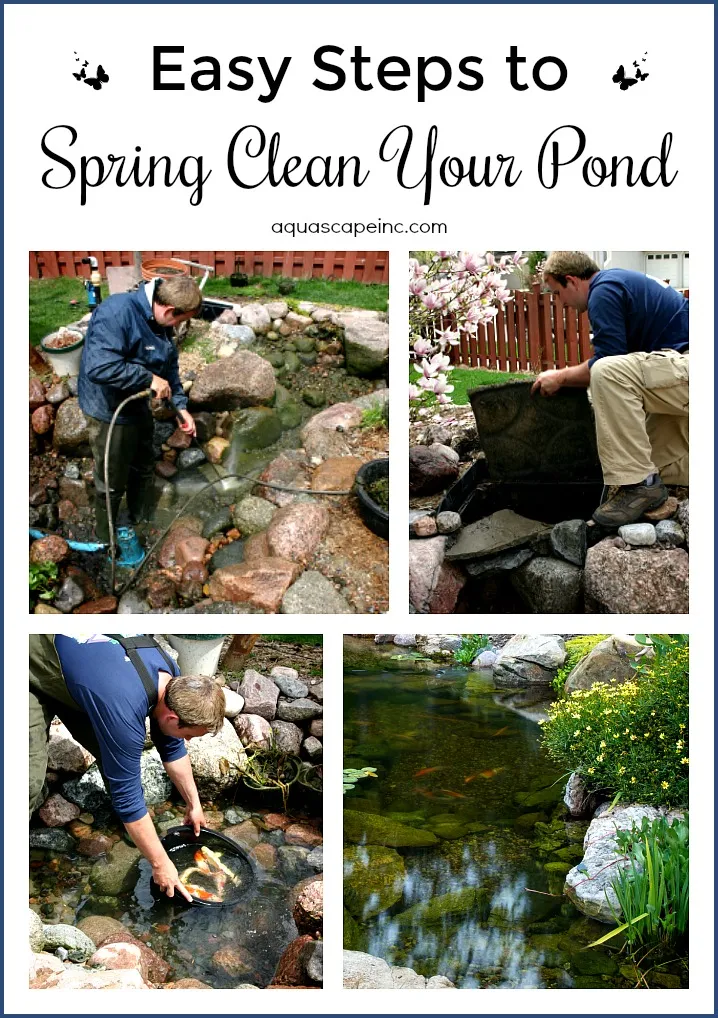Welcome to our ultimate guide on how to clean a pond! Whether you have a small backyard pond or a larger garden pond, keeping it clean is essential for the health of the ecosystem and the beauty of your outdoor space. In this comprehensive guide, we will walk you through the step-by-step process of cleaning your pond to ensure it remains a thriving habitat for aquatic life and a stunning feature in your garden.
Why is Pond Cleaning Important?
Cleaning your pond regularly is crucial for maintaining water quality and the overall health of the ecosystem. Over time, organic debris, algae, and other contaminants can accumulate in the pond, leading to poor water quality, foul odors, and potentially harmful conditions for fish and plants. By cleaning your pond regularly, you can prevent these issues and create a clean and balanced environment for aquatic life to thrive.
Tools and Equipment You Will Need
Before you begin cleaning your pond, gather the necessary tools and equipment to make the process efficient and effective. Here is a list of items you will need:
- 1. Pond skimmer or net
- 2. Pond vacuum or siphon
- 3. Rubber gloves
- 4. Bucket
- 5. Water testing kit
- 6. Algae scraper or brush
- 7. Pond dechlorinator
- 8. Beneficial bacteria supplements
- 9. Protective eyewear
- 10. Garden hose

Credit: splashsupplyco.com
Step-by-Step Guide to Cleaning Your Pond
Now that you have gathered all the necessary tools and equipment, let’s dive into the step-by-step process of cleaning your pond:
Step 1: Remove Debris
Use a pond skimmer or net to remove any leaves, twigs, and other debris from the surface of the water. This will help prevent the buildup of organic matter in the pond and improve water clarity.
Step 2: Clean The Pond Bottom
Use a pond vacuum or siphon to clean the bottom of the pond, removing sludge, algae, and other debris that have settled on the bottom. Be thorough in this step to ensure a deep clean.
Step 3: Test Water Quality
Use a water testing kit to check the water quality parameters such as pH, ammonia levels, and nitrate levels. This will help you identify any imbalances in the water chemistry that need to be addressed.
Step 4: Scrub Algae And Surfaces
Use an algae scraper or brush to clean algae growth from the sides of the pond and any rocks or decorations. This will help prevent algae from taking over the pond and keep the water clear.
Step 5: Refill And Treat Water
Refill the pond with fresh water, making sure to add a pond dechlorinator to remove harmful chlorine and chloramine from tap water. You can also add beneficial bacteria supplements to help maintain a healthy balance of beneficial bacteria in the pond.
Step 6: Monitor And Maintain
Regularly monitor the water quality and condition of your pond to ensure it remains clean and healthy. Perform routine maintenance tasks such as removing debris and checking equipment to prevent issues from arising.
Tips for Keeping Your Pond Clean
Here are some additional tips to help you keep your pond clean and beautiful throughout the year:
- 1. Avoid overfeeding fish, as uneaten food can contribute to water quality issues.
- 2. Install a pond filter to help remove debris and maintain water clarity.
- 3. Add aquatic plants to help absorb nutrients and oxygenate the water.
- 4. Use a UV clarifier to control algae growth and improve water clarity.
- 5. Perform regular water changes to dilute pollutants and maintain water quality.

Credit: www.pondtrademag.com
In Conclusion
Cleaning your pond is a necessary task to ensure a healthy and vibrant aquatic ecosystem. By following the steps outlined in this guide and implementing the tips provided, you can maintain a clean and beautiful pond that enhances the beauty of your outdoor space. Remember to regularly monitor and maintain your pond to ensure it remains a thriving habitat for fish, plants, and other aquatic life.




